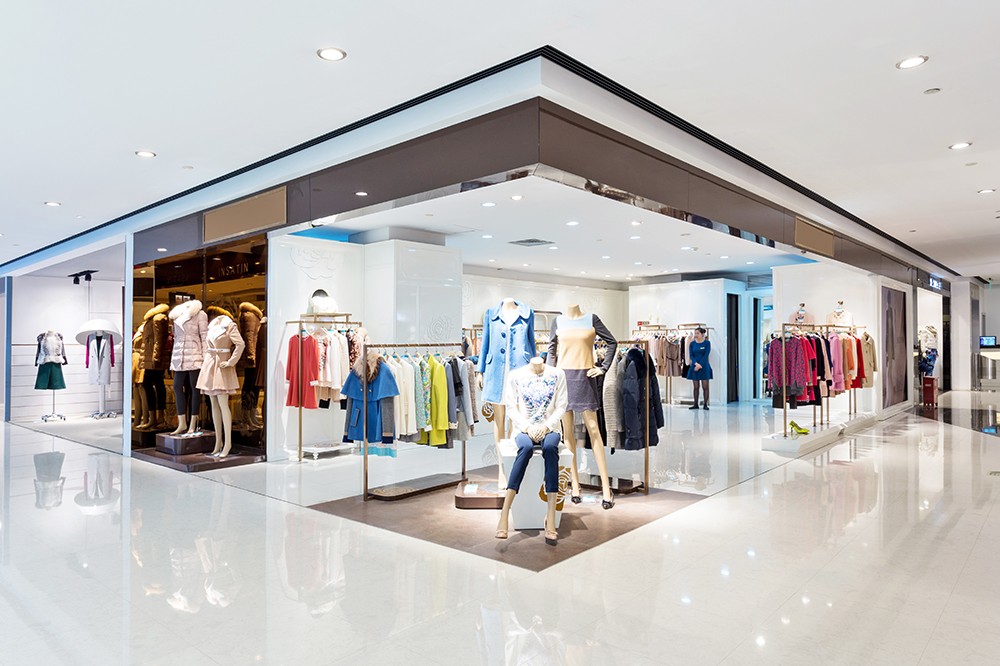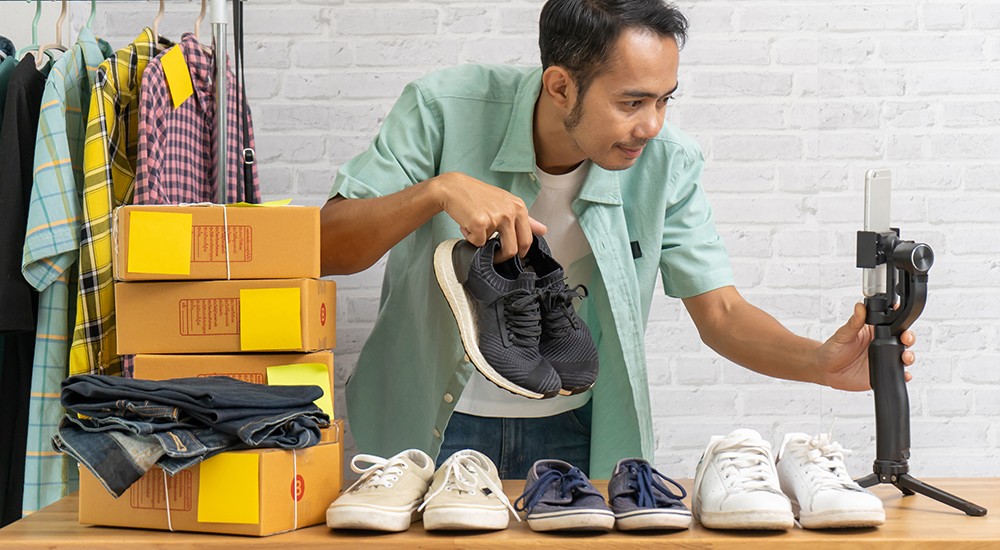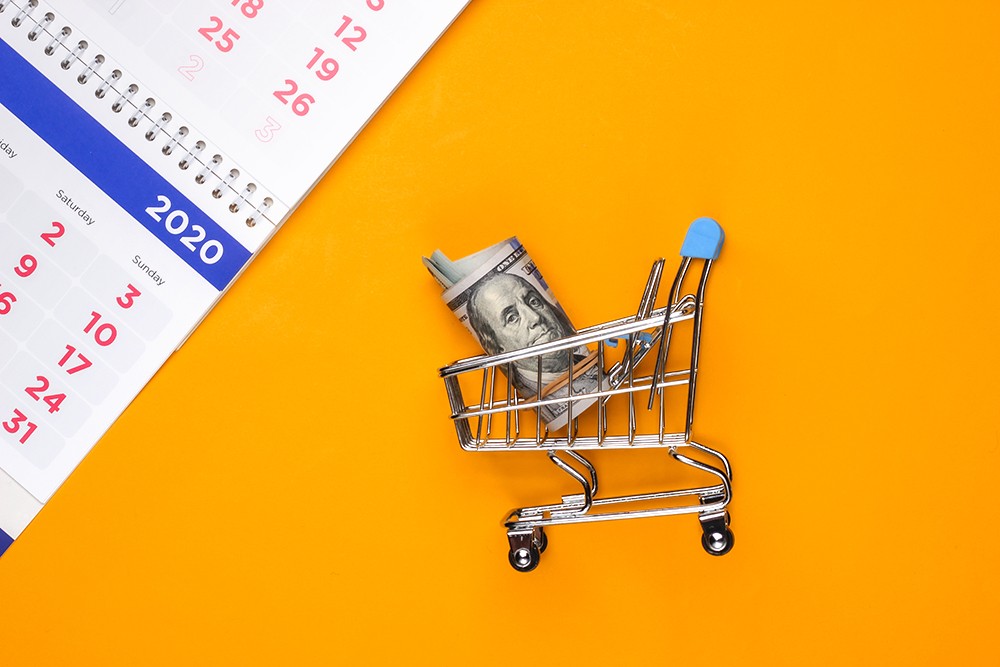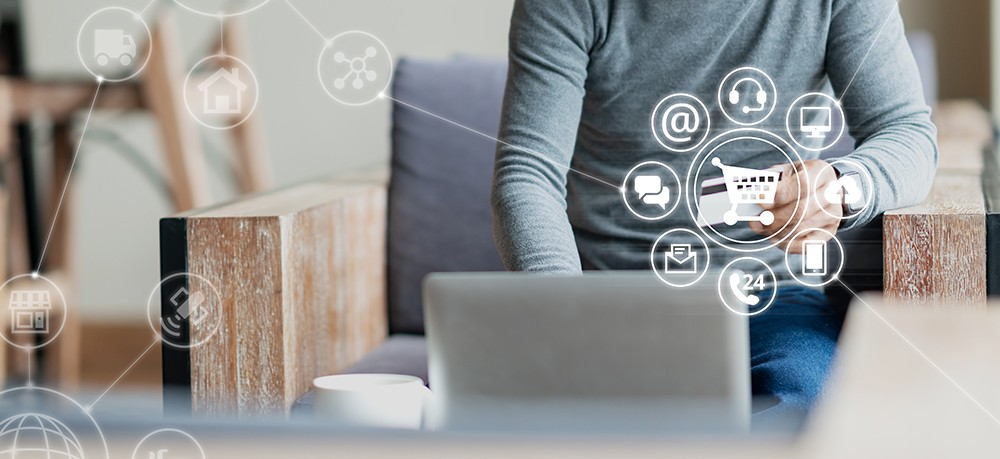As retailers look to embrace a positive customer experience, Electronic Article Surveillance (EAS) has evolved over recent years to accommodate the trend.
Now the antenna and pedestals which are a major component of EAS can be seamlessly concealed, offering a welcome entry to a retail outlet yet still protecting valuable items instore.
Here’s the lowdown on hidden Electronic Article Surveillance and why it’s quickly gaining popularity.
What is hidden EAS?
Antennas are a key component of the loss prevention technology that is EAS. Guarding the entryway to the retail outlet, these antennas remain in constant communication with security tags and labels affixed to products.
When a tagged or labelled product comes into proximity of these antennas, an alarm sounds, alerting staff that an item could potentially be leaving the store.
Up until recently, antennas were fairly obvious, but now retailers have a choice. Improvements to EAS technology mean antenna can be concealed within the doorframe of the store, under the floor of the entryway or even overhead, allowing store design rather than security to dominate the initial experience for the customer.
So, who does hidden EAS suit and what are the options involved?
Hidden EAS options
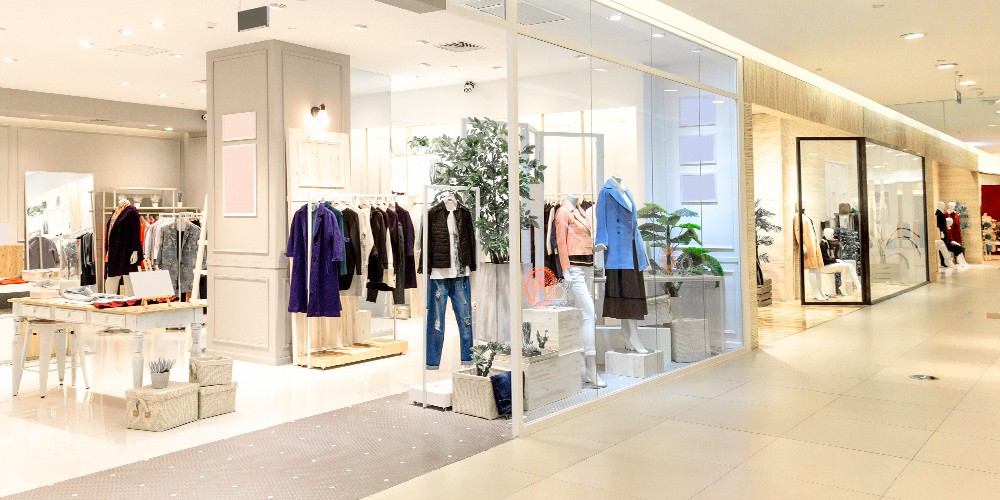
Hidden EAS takes a number of forms. It can go under the entryway floor, be concealed within the doorframe or be positioned overhead. Some of the hidden EAS technology also accommodates emerging trends like RFID. So let’s take a closer look at each common type.
Under floor
Taking up no retail space and offering ultimate discretion, under floor EAS involves burying the EAS antenna in a concealed cavity at the doorway.
Not all stores have this available depth beneath their flooring and this may affect whether this system is suitable for you, but under floor EAS is available in brands such as FloorGuard which operates on the acousto magnetic (AM) frequency.
Overhead
If beneath the floor doesn’t suit, then further technology offers the ability to monitor and track items from overhead. iDTop by Nedap is among the leaders in this field.
This system utilises a small, square, overhead antenna that is positioned near the doorway. It is an RFID system that is compatible with coded RFID frequency tags and offers the capability to not only alert staff to theft, but also track items and assist with inventory management.
This system offers the benefit of being easy to install, it caters to both small and wide entrances and takes up no retail floor space. Its suitability may, however, be impacted by the height of your ceiling.
Within the doorframe
Available for various size door frames, another option is to conceal your EAS within a store’s entrance, without greatly impacting the floor.
Options like SkyGuard operate using an antenna system housed inside or around the door of an entrance.
The technology works via two small receivers that are concealed within the sides of the doorway, and small cables that run around the doorframe.
What to consider

While each system offers the benefit of improved aesthetics, the physical design of your store may impact which option is right for you.
Items to consider include:
- The frequency of your EAS tags – whether you use RF or AM.
- The width of your doorway – some systems are limited to smaller openings, while others require the installation of further modules to attain a greater width.
- The height of your ceiling – An overhead antenna will need to be positioned low enough to have products within the range.
- The depth beneath your floor – If you’re looking at an underfloor system you will require the construction of a concealed 20mm cavity to house the antenna. Not all stores have this depth.
- The look of your entrance – While they are not pedestals, some systems require the installation of panels to house the concealed antenna.
Gaining popularity
Hidden EAS is gaining popularity in an era where retail is all about the customer experience. That said, it’s not an option all retailers may wish to employ.
For some the obvious presence of antenna helps act as a deterrent to theft. For others, the physical layout of their entryway may not cater to hidden EAS.
But for retailers where the look and feel of the entryway is a major priority, hidden EAS can offer a wealth of benefits.
